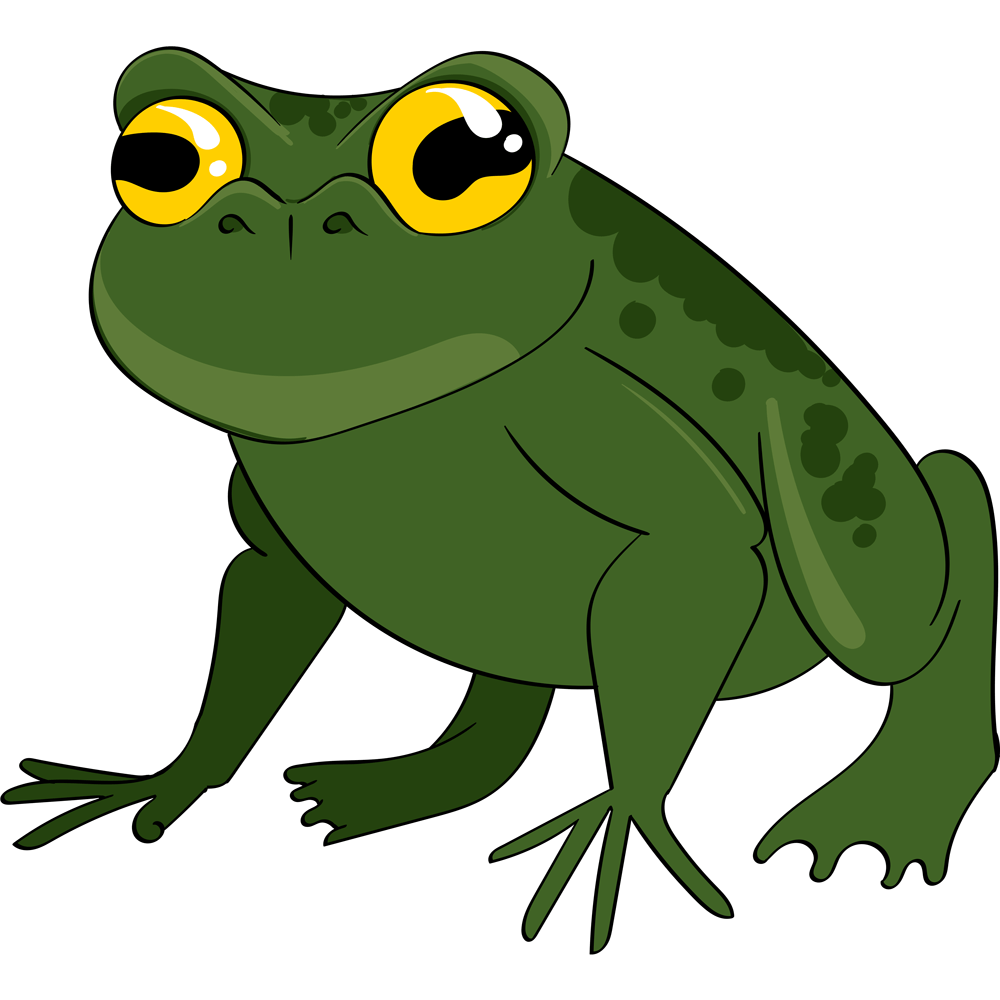Cane Toad Control
Some of the most memorable villains of all time are known by their aliases like Jack the Ripper, Billy the Kid, and the Teflon Don. The animal world is no different, especially in South Florida, where the Cane Toad is also known as the Dominican, marine, giant, and bufo. It truly is a giant, growing up to 9 inches and weighing 4lbs; the world record is almost 6lbs. This invasive species, native to South and Central America, didn’t get here by accident. They were introduced into the Florida ecosystem in the 1920s and 30s to help control bugs like grubs in the sugar fields. The real issue came about in 1955 when around 100 toads were accidentally released in Miami by a pet dealer. To compound matters, pet dealers released more of them in the 1960s.
What makes matters worse for South Floridians is that the Cane Toad has no natural predator, so their numbers continue to explode. The National Invasive Species Information Center, a part of the US Department of Agriculture, has tracked them from the South Florida Keys up to Orlando, and across to the West Coast. In one weekend, thousands of babies came out of canals and ponds in a West Palm Beach neighborhood. They closely resemble the native Southern Toad, and unless you have a trained eye, it is not suggested to get close enough to tell them apart. They eat almost anything and play a part in the devastation of native plants, snakes, lizards, frogs and toads, and small mammals. They can also eat human and pet food.
The real threat the Cane Toad poses is to our pets and wildlife. Two paratoid glands secrete a milky-white substance that contains bufotenine toxin. When swallowed, the toxin can kill a dog or a cat within 15 minutes. Symptoms of poisoning include convulsions, head-shaking, loss of coordination, and excessive drooling. If this happens, immediately wash the animal’s mouth out with a running hose from one side for 10-15 minutes, and then take the animal to the vet. Make sure not to wash the toxin down its throat.
If you come across one that has been flattened by a vehicle, it still poses a threat. In the wild, their eggs and tadpoles carry the poison as well. At 6-30,000 eggs laid twice a year, a free lunch can turn into a death sentence for many animals.
If thoughts of licking the toad for the perceived effect have you interested, think twice. The side effects of toad-licking can include seizures, intense vomiting, and a heart stoppage. It is so toxic that the Choco Indians of Columbia would milk them and use the secretion on their arrow’s tips. Handling them without the proper protective equipment can cause skin irritations and burn your eyes.
All Nix Services is the most-trusted wildlife control company from Deerfield Beach to Hollywood, Florida. Finding an animal in your home or business can be a scary time, and when it comes to the Cane Toad, looks can be deceiving. Before putting yourself in harm’s way,
contact the experts at All Nix Services for a free estimate.

